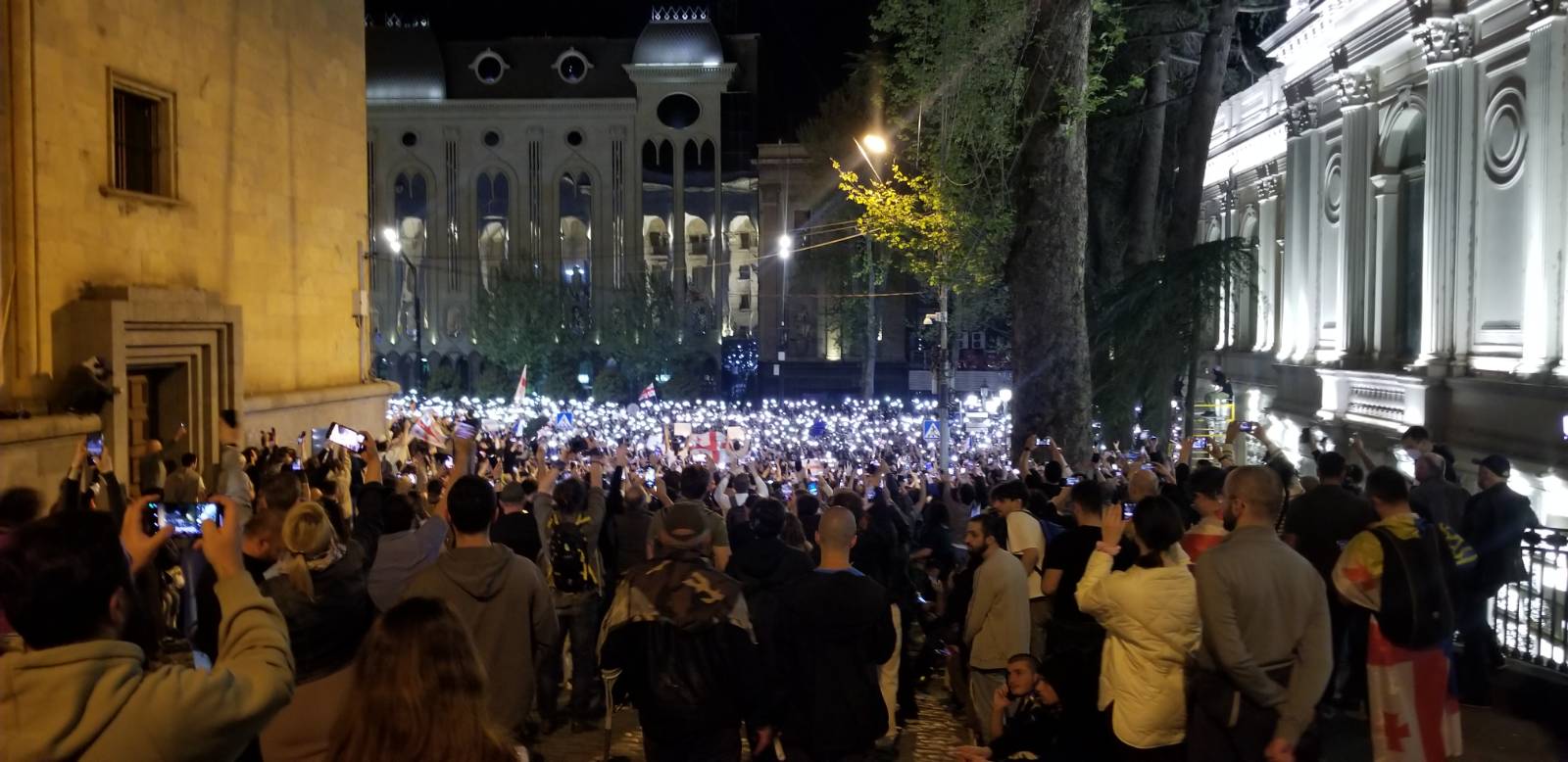A speculative work by two prominent French anarcho-syndicalists, Emile Pouget and Emile Pataud, Syndicalism and the Co-operative Commonwealth (How We Shall Bring about the Revolution), was prominently reviewed in the pages of the June 1913 issue of Freedom.
Pouget is today the better known of these two militants. Active from the age of 17, he had been known to the authorities from as early as 1883, having been up before the court in the company of Louise Michel for his alleged role in looting bakeries in Paris under the slogan “bread, work or lead.” An early advocate of the general strike strategy, his journal La Pere Peinard helped push that idea into the anarchist mainstream. Driven into exile in London from 1894-95, on his return it seemed inevitable that he would enter the French trade union movement, which he did bringing English ideas of sabotage and boycott with him. Later becoming vice-secretary of the General Confederation of Labor (CGT), he was instrumental in building a radical union that repeatedly terrified the government through the 1900s and into the early 1910s. A hugely influential writer who also founded militant paper La Voix du Peuple, he was at the forefront of the fight for the eight hour day and perhaps the most prominent revolutionary syndicalist figure in France through the end of the decade.
Pataud, meanwhile, is lesser known but had nearly as storied a history as his co-writer. Born into poverty in 1870, he came to prominence later than Pouget with the founding of a socialist group, L’Émancipation, in 1899. But from there he rose quickly. As a worker for the Parisian Electricity Distribution Company he helped found the Trade Union of Electrical Industry Workers (STIE) in 1903 and quickly moved towards serious radicalism, becoming assistant general secretary as it signed up with the CGT in December of that year. From 1905 he rose to national attention as a leading organiser of a series of strikes and shutdowns which directly targeted the activities of the ruling class, from targeting opera performances and the plunging of Labour Ministry dinners into darkness, to an unprecedented, two hour blackout across all of Paris. These audacious stoppages earned him a series of popular nicknames including the Shadow King, Prince of Darkness, and the Extinguisher of Stars.
Between them, Pouget and Pataud had a wealth of both experience and creativity on their side as they put together Syndicalism and the Co-operative Commonwealth, releasing it in the original French in 1909 as Comment nous ferons la Révolution. Their reputation was such that the book, describing in detail a fictionalised process of revolution by means of a general strike, attained an immediate importance in revolutionary circles, eventually being translated into both English and Russian.
“At Pantin, at Aubervilliers, the chemical works, soapworks, match factory, were idle. It was the same at St. Denis, in the builders’ yards, and the 50 other industrial prisons, where a population of immigrants from Bretagne and elsewhere withered away. At Ivry, at Batignolles, the blacksmiths took a holiday, the laundryworkers at Boulogne, at Arcuel, the automobile makers at Levallois and Puteaux did the same. Everywhere! Everywhere! In all yards, in all factories, in all workshops, the stoppage of work succeeded to the fever of production. The workers simply folded their arms — that was all.”
Freedom’s review of the first English language edition, brought out by the New International Publishing Company in Oxford four years later, was upbeat, though not without criticism:
“Of course, a Revolution with wholesale expropriation could not take place in France without meeting with the fierce opposition of other European Powers, and the way in which the authors handle this question is rather unconvincing. But apart from this, the book is a bold attempt to foretell the course of a future Revolution, and shows the authors’ broad outlook. Especially noticeable is the elimination of authoritarian methods in their reorganisation of society; although they show they can be ruthless when dealing with those who would bring back the old regime.”
This tone of mild ambivalence is not perhaps as odd as it might appear for a paper dedicated to propagandising said Revolution. Freedom had thrown its weight behind the syndicalist movement of the The Great Unrest in the 1910-14 period, but just months prior had seen the snowballing failure of the Industrial Syndicalist Education League, and many of its leading writers remained wary of the risk that such economically-focused struggles would fail to embed the political will necessary to push conflict into revolutionary action.
The translated work (courtesy of Charlotte and Fred Charles), was, nevertheless, successful enough to achieve a second printing, in which no lesser a pair of figures than Tom Mann and Peter Kropotkin would write a foreword and preface respectively, with accompanying art by Will Dyson. Freedom would also retain copies for its own archive – indeed a scanned copy of the book, available at libcom, bears the stamp of Freedom Press at Whiteway Colony.
Syndicalism and the Co-operative Commonwealth would continue to inspire the curious long after the deaths of both authors, showing up in this review by Lyman Tower Sargent in Anarchy, and in countless reference books. It marked perhaps the last true high point of belief in the potential of the anarcho-syndicalist forms of revolt that had swept France and Britain through the early 1910s, a belief that would sputter and start through the first world war and its aftermath, but not reach its true height until the revolution neared in 1930s Spain.
~ Rob Ray
This is part of our series looking back on working class struggle in the early 1910s in the run-up to World War One, through articles found in the Freedom archive.








